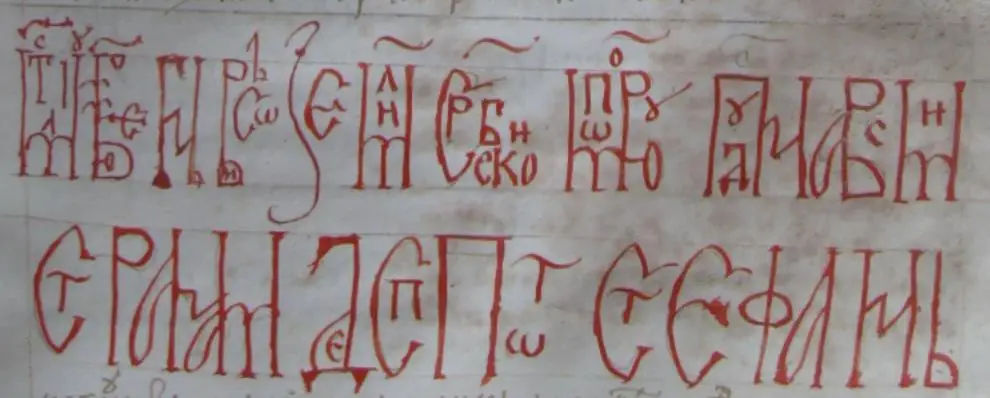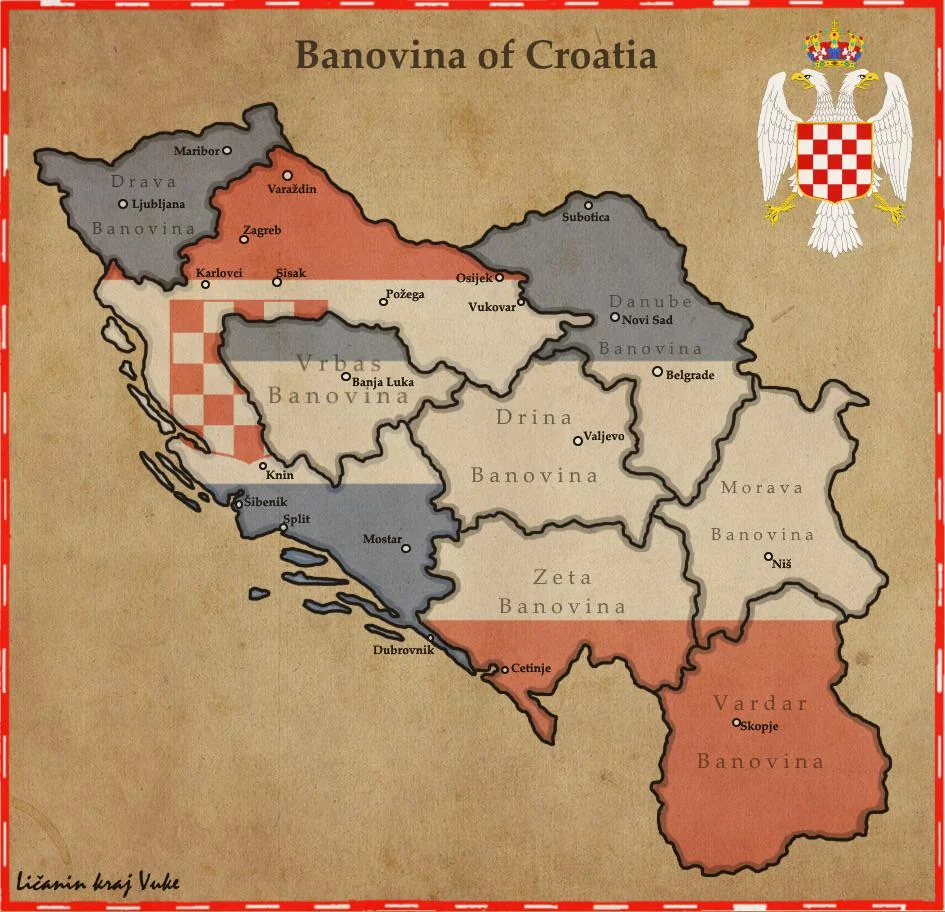Original research paper by Mirčeta Vemić, Institute of Geography “Jovan Cvijić”, Serbian Academy of Arts and Sciences: http://www.doiserbia.nb.rs/img/doi/0352-5732/2014/0352-57321447201V.pdf
UDC 94(100)”1914/1918″
UDC 343.819.5(=163.41)(493.5)”1914/1918″
DOI: 10.2298/ZMSDN1447201V
CONCENTRATION CAMP NAGYMEGYER (Great Megyer, Slovak: Čalovo)
(K. u. K. Kriegsgefangenenlager Nagymegyer)
21.000 internees, 5.927 (7.000) Serb deaths
Concentration Camp Nagymegyer (Great Megyer, Hungarian Nagy Megyer, Slovak Velký Meder), officially “Imperial and Royal camp for Prisoners of War Nagymegyer” (Kaiserliches und Königliches Kriegsgefangenenlager Nagymegyer), was the first concentration camp for Serbs in Austria-Hungary. It was formed in August 1914 and disbanded in October 1918., where according to Đuković [2002] entered and were temporarily or permanently accommodated 21 000 persons. It was on an island in the Danube close to the formerly Hungarian town of Nagymegyer, contemporary Čalovo in Slovakia, next to the railroad between Komárno (30 km) and Bratislava (68 km). There the prisoners-of-war (POWs) were brought to an empty field, 7.5 hectares in size, which Viennese convicts, criminals, had fenced off with barbed wire, with wooden watchtowers 15 m high and reflectors for nighttime surveillance.
They lived the entire autumn out in the open, in the constant damp and mud of the island, with frequent and increasingly cold rains, without warm clothes or shoes, without a dry spot to sit or lie on, along with bad food and harsh treatment by Hungarian guards. Only towards the end of October did they start assembling camp barracks which were purpose-made, of simple construction and at ground level only. The first 20 barracks were finished in high snows, which fell early in November and during the following year another 16 barracks were built, making it a total of 36 barracks, with a capacity of 6250 – 12 000 persons. The barracks were patterned, 40x10x5 m, with four entry and exit doors and with windows, insufferably warm in the summers and cold in the winters. The barracks were only later covered with tar paper and the floors lifted off the damp ground. In them there were 200 – 400 internees [interned civilians, translator’s note] with a great number of them not living to move into the barracks, but they died and were buried in the camp cemetery.
Due to the bad personal and collective hygiene in the concentration camp lice soon appeared, which infected all the internees and diseases soon broke out as well: dysentery, typhus, typhoid and tuberculosis. According to the statements by the survivors referenced by Đuković [2002], when typhus epidemic broke out, all the camp doctors left the concentration camp under various excuses and the care of the internees was taken over by three interned doctors (Dr Dragomirović, Dr Martinović and Dr Zarubica), who shared the fate of the sufferers. The concentration camp command established a quarantine, which was enforced by guards with their rifles “at the ready”, waiting for the inevitable agonising death of the inmates. The biggest pomor in this concentration camp lasted from December 1914 to May 1915. when there were up to 80 deaths daily. The surviving internees were relocated in December 1915. to the concentration camps Mauthausen, Aschach an der Donau, Braunau and others, and new POWs and interned civilians from Serbia were brought to replace them, so the camp always had between 5000 and 10 000 prisoners.
As with other concentration camps, the internees here were constantly exposed to hunger, lacking in clothes and shoes and were sent out in all conditions to perform difficult, dirty and dangerous jobs: to quarries, mines, factories, to cut down forests, magnates’ agricultural properties and other similar work. On top of that they were regularly sent to the Tyrol front, where under cross-fire they had to dig trenches, bring ammunition, carry artillery, arrange their firing positions and were punished for any supposed error by being thrown from the cliffs into the abyss. The groups sent to the front were 1000 strong, in six month shifts and of them regularly half did not come back. Exhausted and wounded remains of those groups were usually transported to the Aschach an der Donau concentration camp. All of this Austria-Hungary kept as a strict “state secret” from the global public.
According to the information of the International Committee of the Red Cross the concentration camp archives of Nagymegyer burned up in a fire, so a new one was established in which the records of interned civilians was reduced to a symbolic representation. The names of women, children and men over 55 who were not in the military service were omitted, even though there were much more numerous in terms of those who died, according to testimony by the survivors. The list of those buried in the cemetery of concentration camp Nagymegyer, which the command called “Great Serbia” was compiled by I. Đuković [2002] based on multiple sources, and organised it by years and by alphabetical order of last names, the place and county of their birth and the date of death. From this list there is evidence of 5927 dead Serb and 73 Russian internees, while the estimates are that there were far more (around 7000) due to the lacking documentation of the renewed camp archives.The first internee, Nikola Nikolić, was buried on 20. September 1914. and the last, Bogdan Nikolić on 29. October 1918. The graves and mass pits were not dug deeper than 1m due to the underground waters and in times when the snows would melt, great rains and floods, the dead were buried in the muck.
The cemetery of concentration camp Nagymegyer, with a small raised chapel was guarded and maintained until 1938. when under pressure by Nazi Germany this territory went over to Hungary via Viennese arbitrage. From 1938. to 1945. the cemetery was desecrated, the building materials taken away, dispersed and damaged by the then Hungarian authorities, with the fence, most of the gravestones and crosses destroyed and the guard exiled. After the Second World War, Czechoslovakia preserved and partially fixed up the central part of the cemetery and fenced it off with a new fence, only for it to be desecrated again with the independence of Slovakia, at the time of the Vladimír Mečiar administration, English grass was sowed and a yard for dog training was built, to the shame of the descendants of the buried internees, the host country and the whole world.
The major concentration camp Nagymegyer was connected with multiple smaller camps on the territory of current Republic of Slovakia in which there were Serb internees and POWs, who were also buried in other cemeteries as well, like: Komárno (361 persons), Šamorín, Trnava (183 persons), Trenčín (171 persons), Ilava, Žilina (84 persons), Banská Byistrica, etc.
Translated by Books of Jeremiah



